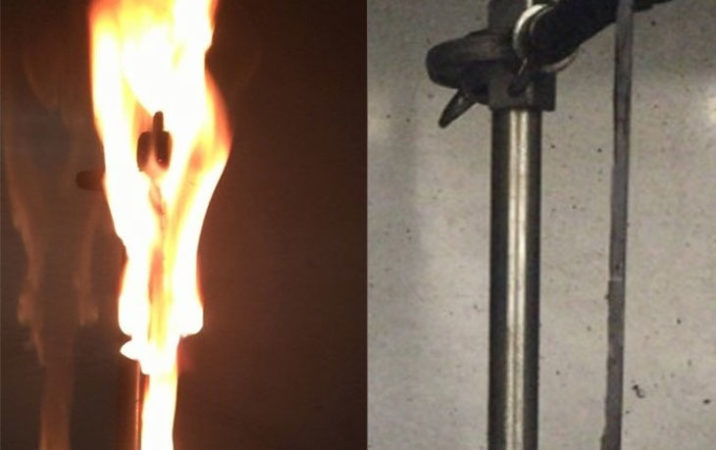Flame retardants are going green.
Using compounds from plants, researchers are concocting a new generation of flame retardants, which one day could replace the fire-quenching chemicals added by manufacturers to furniture, electronics and other consumer products.
Many traditional synthetic flame retardants have come under fire for being linked to health problems like thyroid disruption and cancer (SN: 3/16/19, p. 14). And flame retardants that leach out of trash in landfills can persist in the environment for a long time (SN: 4/24/10, p. 12).
The scientists have not yet performed toxicity tests on the new plant-based creations. But “in general, things derived from plants are much less toxic … they’re usually degradable,” says Bob Howell, an organic chemist and polymer scientist at Central Michigan University in Mount Pleasant.
Howell’s team presented the work August 26 in San Diego at the American Chemical Society’s national meeting.
The raw ingredients for these plant-based flame retardants were gallic acid — found in nuts and tea leaves — and a substance in buckwheat called 3,5-Dihydroxybenzoic acid. Treating these compounds with a chemical called phosphoryl chloride converted them into flame-retardant chemicals named phosphorus esters. Since these plant-based ingredients are common, and the chemical treatment process is straightforward, it should be relatively easy to manufacture these flame retardants on a large scale, Howell says.
 A resin commonly used in electronics and vehicles typically catches fire easily (left), but a plant-based flame retardant can keep the resin from going up in flames (right).Yoseph Getachew
A resin commonly used in electronics and vehicles typically catches fire easily (left), but a plant-based flame retardant can keep the resin from going up in flames (right).Yoseph Getachew
Howell and colleagues tested the flame retardants in a resin used to make electronics, cars and planes. Compared with chips of pure resin, the resin laced with flame retardant took longer to go up in flames. And “it doesn’t burn for very long, once you get it going,” Howell says. Treated chips were snuffed out in less than 10 seconds, whereas untreated chips blazed until no resin remained. The experiments did not compare the plant-based flame retardants with traditional fire-resistant substances.
The researchers also measured the minimum amount of ambient oxygen required to keep the resin burning. “The higher that number, the better the flame retardant,” Howell says. In gas-filled chambers, untreated resin burned amidst just 19 percent oxygen, whereas treated resin wouldn’t burn without at least 33 percent oxygen.
Source: Physics - www.sciencenews.org


